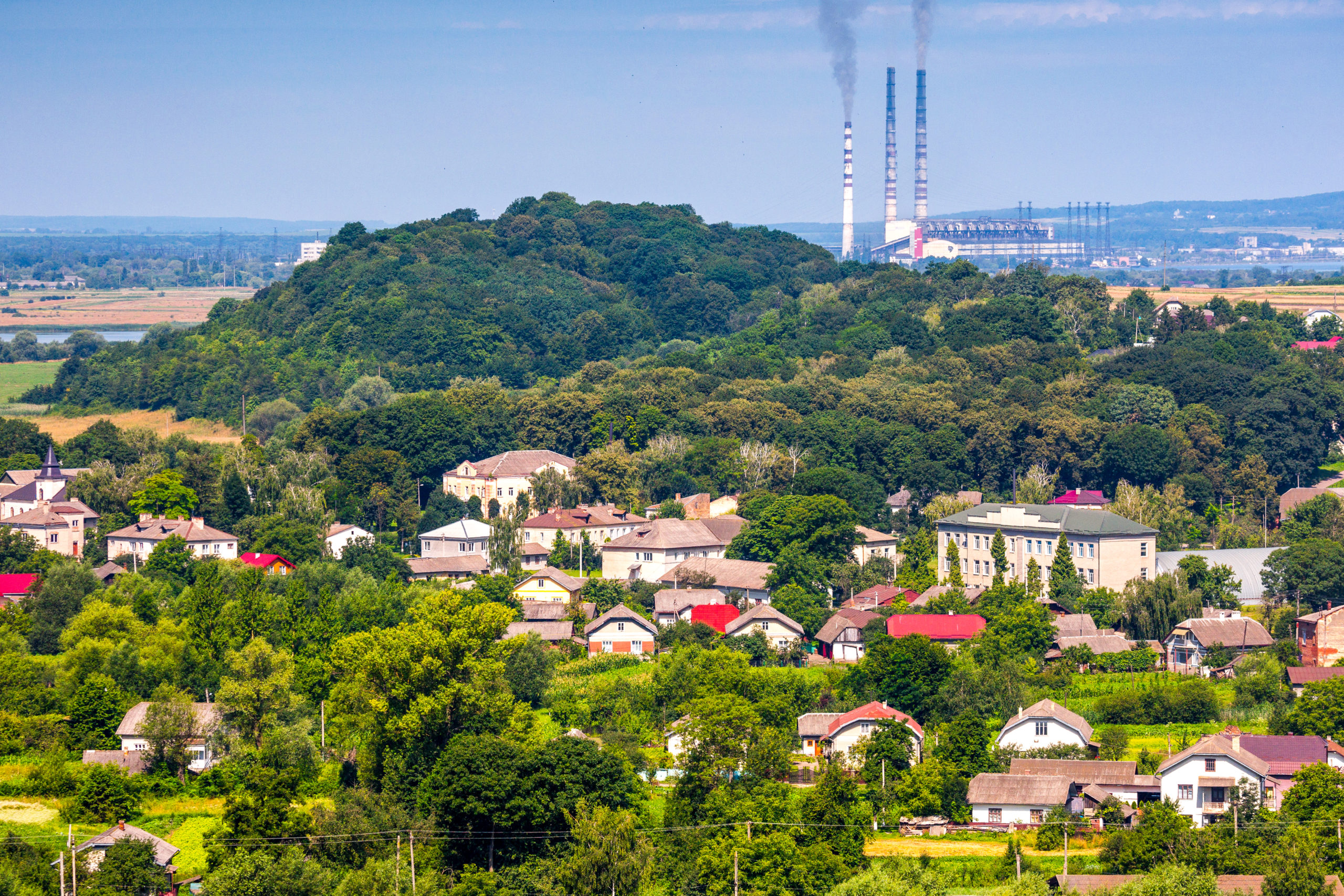
The EPA’s FY 2022-2026 Strategic Plan is the blueprint for the agency’s mission to protect human health and the environment for generations to come. It contains four guiding and foundational principles—following the science, adhering to the law, fostering transparency, and advancing justice and equity. The plan offers a clear path for the EPA’s operations and decision-making processes. The EPA FY 2022-2026 Strategic Plan outlines seven critical goals to make their mission a reality:
Goal 1: Tackle the Climate Crisis
Goal 2: Take Decisive Action to Advance Environmental Justice and Civil Rights
Goal 3: Enforce Environmental Laws and Ensure Compliance
Goal 4: Ensure Clean and Healthy Air for All Communities
Goal 5: Ensure Clean and Safe Water for All Communities
Goal 6: Safeguard and Revitalize Communities
Goal 7: Ensure Safety of Chemicals for People and the Environment
These goals are supported by cross-agency strategies that reinforce the role of science, prioritize vulnerable populations’ well-being, promote workforce equity, and strengthen partnerships while establishing quantifiable benchmarks to measure progress and ensure accountability. Immediate 2022-2023 goals include phasing down hydrofluorocarbons (HFCs, super greenhouse gases with a global warming potential hundreds to thousands of times more potent than CO₂.), advancing environmental justice, enhancing community livability through clean-up and water infrastructure investments.
The FY 2023 Budget is larger than FY 2022 and shows a clear commitment to achieving the seven goals of the Strategic Plan. FY 2023 emphasizes a priority on tackling the climate crisis and advancing environmental justice with an additional $2.644 billion increase from 2022 and a focus on cleaning up the legacy pollution that many historically overburdened and underserved communities have lived with for generations.
Goal 1 Budget Highlights:
- $100 million in grants to Tribes and states that will support on-the-ground efforts to reduce methane emissions and increase resiliency in the Nation’s infrastructure.
- $35 million for regulatory and collaborative enforcement and compliance assurance efforts as required by the American Innovation and Manufacturing (AIM) Act of 2020 to facilitate the next phasedown stages for HFCs.
- $150 million for the Diesel Emissions Reduction Act (DERA) to reduce harmful diesel use, with a focus on priority areas including school buses, ports, and communities disproportionately affected with air quality problems.
Goal 2 Budget Highlights:
- $300.8 million in the Environmental Justice program will expand support for community-based organizations, indigenous organizations, Tribes, states, local governments, and territorial governments in pursuit of identifying and addressing environmental justice issues through multi-partner collaborations.
- Justice40 Initiative with the goal of delivering at least 40 percent of the overall benefits of relevant federal investments to underserved and overburdened communities.
- A new National Program Manager for environmental justice and external civil rights compliance, to be headed by a Senate-confirmed Assistant Administrator, to coordinate and maximize the benefits of the agency’s programs and activities for underserved communities.
Goal 7 Budget Highlights:
- Continued support of the Toxic Substances Control Act (TSCA) to ensure the safety of chemicals in or entering commerce and addressing unreasonable risks to human health or the environment. FY 2023 Budget provides an additional $64.0 million to the TSCA program.
- An additional $4.9 million for conducting risk assessments and making risk management decisions that protect federally threatened and endangered species from exposure to new active ingredients.
- Approximately $126 million for the EPA to increase its understanding of PFAS (perfluorinated and polyfluorinated alkyl substances, also known as “forever chemicals”) and human health and ecological effects, restrict use to prevent PFAS from entering the air, land, and water, and remediate PFAS that have been released into the environment.
- An increase of $4.2 for EPA’s Environmentally Preferable Purchasing Program to protect the public from potential effects of PFAS through labeling to help purchasers identify products that meet specific environmental performance criteria.
As EPA continues to implement these goals through regulatory actions, the regulated community will be required to face new compliance requirements. EDGE is following these regulatory actions and updating clients on future compliance requirements on a regular basis.
EDGE has extensive experience supporting multiple industries in navigating new regulations, strategic planning to maintain continuous compliance and align with EPA goals. EDGE has advised clients in the US and internationally on best practices to achieve these goals. EDGE has also developed robust management systems for facilities to continue compliance with new requirements.
